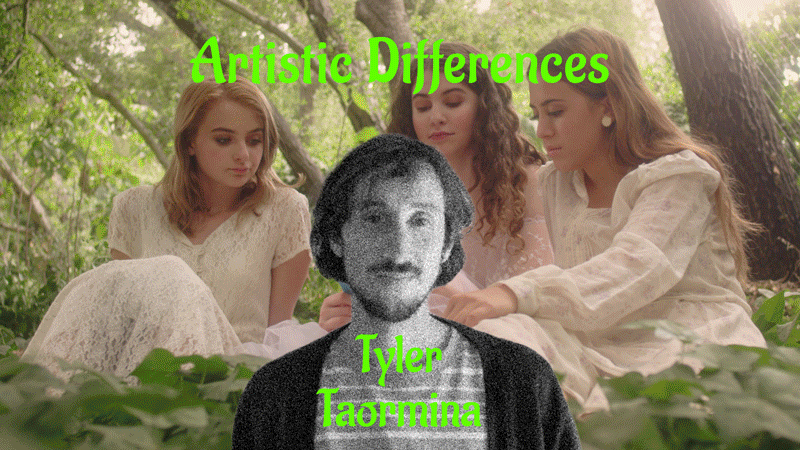
Focusing on two key works – Guy Sherwin’s 1983 Messages, and Larry Gottheim’s Tree of Knowledge from 1981 – which address the theme of child language development, this program is dedicated to the dialectics of flowering and frost.
Ontologies of nature which inform the birth of human language are central to both Sherwin’s and Gottheim’s films; this theme (at the border between abstraction – language – meaning) is expanded through Kohei Ando’s and Stom Sogo’s work.
Drawing upon Jean Piaget’s writing on children’s developmental psychology (referenced in Sherwin’s film), George Bataille’s 1928 essay “The Language of Flowers”, Michael Pollan’s writings on plant and human symbiosis during the Dutch Tulip Bubble, and Hollis Frampton’s revisionist birth of cinema A Stipulation of Terms from Maternal Hopi as supplements to the films, the notion of the ineffable relation between nature, images and language, and human “infancy” as the essential dimension of history (Agamben), will be considered.
As similar to flower formations the crystalline formations of frost represent a process of growth and proliferation. The image is of the flower rising in the midst of hoarfrost: “one cannot drink the word water” (and – “names are what we see when we look at things” – Sherwin) – nor have hope beyond the incursion of frost. And yet.
“It is vain to consider, in the appearance of things, only the intelligible signs that allow the various elements to be distinguished from each other. What strikes human eyes determines not only the knowledge of the relations between various objects, but also a given decisive and inexplicable state of mind. Thus the sight of a flower reveals, it is true, the presence of this well-defined part of a plant, but it is impossible to stop at this superficial observation; in fact the sight of this flower provokes in the mind much more significant reactions, because the flower expresses an obscure vegetal resolution. What the configuration and color of the corona reveal, what the dirty traces of pollen or the freshness of the pistil betray doubtless cannot be adequately expressed by language; it is, however, useless to ignore (as is generally done) this inexpressible real presence and to reject as puerile absurdities certain attempts at symbolic interpretation.” Georges Bataille















